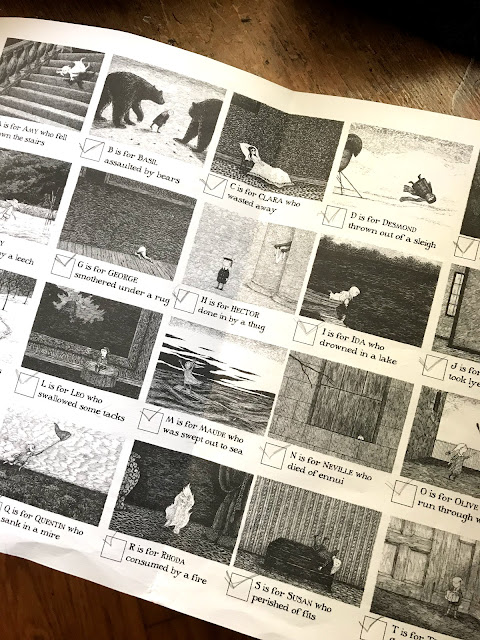I met my goal of reading 35 books this year! Want to see?

Beastie Boys Book was one of my favorite things this year. PHENOMENAL. Everything a Beastie fan could want in this latter-day age when our heroes are middle-aged dads and MCA has been gone for 7 years already.

Austerity Britain is a 600+ page monster that took me WEEKS to read, but it was worth it. My year in books is divided in BAB (Before Austerity Britain) and AAB (After Austerity Britain). AAB went much faster since I'd spent most of the summer wading through the nationalisation of various industries and agencies in the late 40s. And post-war rationing. And a government that mind-bogglingly contained both Foreign Secretary Bevin and Minister of Health Bevan. And did you know that the British government "observed" its own citizens, including eavesdropping on and recording conversations in pubs and elsewhere? Kynaston uses the Mass Observation Archives as one of his many diverse sources in this fascinating, dense volume.

I must say The Unbelievable Andy Kaufman, a graphic bio by Box Brown, was pretty amazing. Did you know that Andy Kaufman was an avid pro-wrestling fan, and that he used some of its precepts and characters in his work and in his personal life? Box Brown teaches most especially about the idea of kayfabe (or as some might mis-spell it, "covfefe"). Kayfabe is the once-closely-guarded secret that professional wrestling is an act--staged with heroes and villians and downfalls and triumphs that keep fans involved and occupied without knowing that it's being faked. (Does that sound familiar at all?)

Being Mortal, by the doctor Atul Gawande, is a must-read for anyone with aging loved ones. It has a lot of interesting thinking about the grey area between being a healthy older person and being an end-of-life older person. Our society is generally unprepared to support people during this time period when they need some additional help, often medical, but are not yet dying. Doctors tend to want to fix all problems, when the truth is that sometimes this fixing does more harm than good. But when do you stop, and is that "giving up"? Do we farm everybody out to depressing "homes," or try to take care of them ourselves even though it's too much, or is there something different and better we can do for this growing population of needy, yet very much alive, people who are in their last years of life? Atul Gawande goes into all of this, and there is a little progress being made.
Other stats about my 2019 books:
25 by women
3 books about being sober
7 biography/memoirs
4 books about music & musicians
7 novels
1 truly awful book that I read anyway
6 books in graphic form
PS After writing this I realized I'd read a 36th book over the summer, Bad Blood by John Carreyrou. I think Austerity Britain wiped it from my mind for a while.
PS After writing this I realized I'd read a 36th book over the summer, Bad Blood by John Carreyrou. I think Austerity Britain wiped it from my mind for a while.




























































